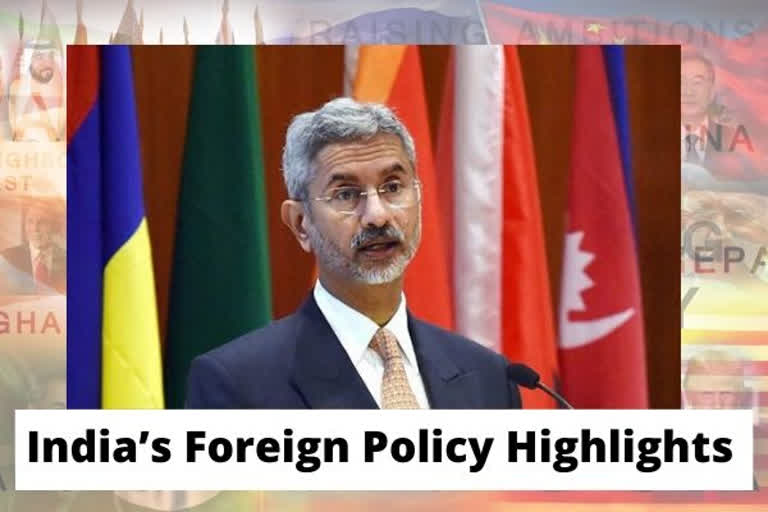New Delhi:The year 2019 was a watershed year for Indian foreign policy. The general elections in May returned the incumbent government to power with an enhanced majority. The induction of a “technocrat” as the new Indian External Affairs Minister presaged the proactive use of foreign policy for the transformation of India into a major power.
The biggest challenge to this objective came in mid-August 2019, when China asserted her role as a permanent member of the UN Security Council (UNSC) and forced the Council to revive the long-dormant “The India-Pakistan Question”, last discussed in December 1971. This brought China, in alignment with Pakistan, into an open diplomatic confrontation against India over Kashmir. China’s new multilateral diplomacy overshadowed attempts during the second India-China “informal summit” in Chennai in October to create a new paradigm for constructive engagement between the two Asian neighbours.
The deteriorating bilateral relationship between India and Pakistan worsened in February, after the Pakistan-sponsored terrorist attack on Indian paramilitary troops in Pulwama. This led to India’s airstrikes against Pakistani terrorist training camps in Balakot. Pakistan unilaterally decided to downgrade diplomatic relations with India in August 2019 and launched a sustained international campaign against India over Jammu and Kashmir at major world forums from September onwards. However, the two countries were able to launch a significant people-centric initiative in November with the opening of the Kartarpur Corridor linking one of Sikhism’s holiest places with India.
The year continued to witness political transitions in India’s neighbourhood. India responded to these by seeking to sustain or create space for her strategic engagement with her neighbours. Indian foreign policy’s re-orientation from SAARC in 2014 towards BIMSTEC (centering around the Bay of Bengal) in 2019 was evident in the invited presence of the leaders from Bangladesh, Bhutan, Nepal, Sri Lanka and Myanmar at the new government’s formation in May.
The choice of the Maldives as the first neighbourhood destination of newly elected Prime Minister Narendra Modi in June, and the decision of the new Sri Lankan President to visit India for his first foreign visit at end-November, illustrated incremental outcomes for India’s Neighbourhood First foreign policy.
This was offset by growing domestic unrest in India’s north-eastern states towards the end of the year, which has the potential to jeopardize India’s major “Act East” connectivity initiatives involving Bangladesh and Myanmar. The postponement of the India-Japan Summit scheduled in Guwahati in mid-December, in conjunction with India’s decision in November not to join the RCEP trading arrangement connecting ASEAN with China, Japan, South Korea, Australia and New Zealand, have bilateral and regional implications for India’s ability to use international economic cooperation to achieve her foreign policy objectives.
Three initiatives during 2019 marked India’s attempt to give substance to the contours of her “Indo-Pacific” strategic framework, with its emphasis on upholding sovereignty.
